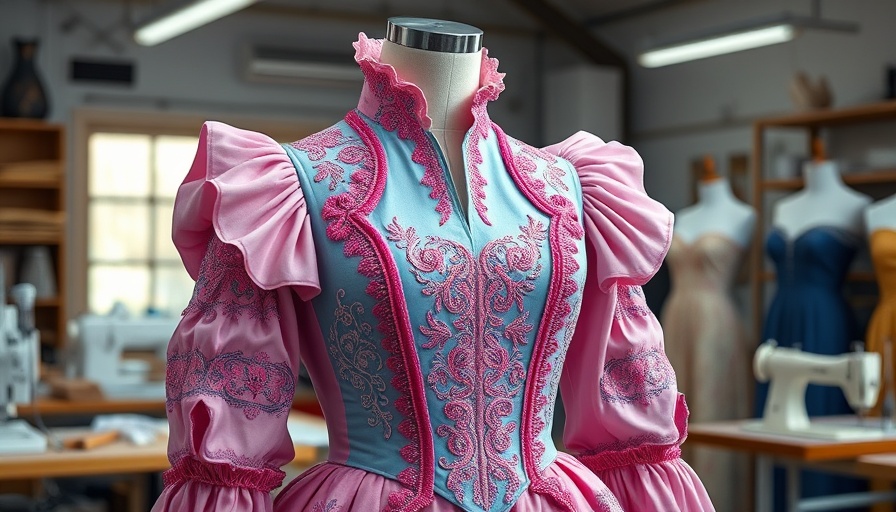
The Story Behind Annie: A Bridge to Understanding
At the heart of the widely beloved musical Annie, lies an array of unique stories, each showcasing resilience and hope. The Stratford Festival 2025 production shines a light on these narratives through the life of one character: Isla Horner, who embodies the spirit of orphanhood and determination. In her portrayal, Isla not only acts on stage but also serves as a reminder of the experiences ultimately shared by many young people facing adversity today.
In the video 'Meet the Orphans of Annie: Isla Horner,' we explore the captivating character portrayals, leading us to delve deeper into Isla's heartfelt journey and its significance in the broader cultural context.
The Orphan Experience: More Than Just a Role
Portraying an orphan comes with its challenges, especially for young actors like Isla Horner. In this production, Isla hones in on the emotional depths of her character while also relating to the personal struggles faced by real orphans around the world. This understanding encourages audiences to view the story of Annie not merely as a tale of one girl’s journey but as a reflection of larger societal issues surrounding childhood, belonging, and hope.
Emotional Connections: The Power of Storytelling
Art has a remarkable ability to forge connections between artists and audiences, and Isla’s performance is no different. By engaging with her character’s story, Isla invites viewers to connect not only with the narratives but also with the feelings and experiences behind them. As audiences watch her journey unfold, they are prompted to reflect on their own lives and the times when they sought comfort and support.
Finding Hope in Performances: The Cultural Impact of Annie
Annie has transcended generations, and its themes resonate now more than ever. As we immerse ourselves in Isla’s performance, we are reminded that hope is a universal theme, transcending societal barriers. This musical speaks to our capacity to overcome challenges and find joy amidst struggle, making it a particularly relevant story in today’s world.
Take a Front Row Seat: The Stratford Festival Experience
The Stratford Festival is known for its rich artistic offerings, and its upcoming musical featuring Isla promises to be another dynamic addition to its legacy. Attending the festival offers a chance to witness firsthand the talent and determination of young artists as they bring to life stories that resonate deeply with audiences. It’s an opportunity to step back from the chaos of daily life and reflect on the power of artistic expression.
What Makes Isla Horner a Standout?
Isla’s journey as an actress is one that reflects her personal commitment to understanding the human experience. In preparation for her role in Annie, she not only rehearses lines but also dives into the layers of emotion her character experiences. This approach sets Isla apart, as she embodies the spirit of her character through genuine understanding and empathy. Both Isla and Annie speak to the heart, showing us how powerful storytelling can heal and inspire.
Understanding the Bigger Picture
The experiences Isla and the other orphans represent in Annie highlight broader social issues that can prompt meaningful conversations. By looking beyond the performances, we can consider how art reflects society and the crucial narratives that shape our cultural perspectives. The Stratford Festival continues to be an important platform for these conversations, reminding us of the social responsibilities of art and artist alike.
If you’re intrigued by the intersection of personal stories and cultural expression, consider attending the Stratford Festival to see Isla Horner and her fellow cast members in action. It’s a chance not just to enjoy a remarkable performance, but to engage with the vital narratives that keep art alive and relevant in our changing world.
 Add Row
Add Row  Add
Add 




Write A Comment